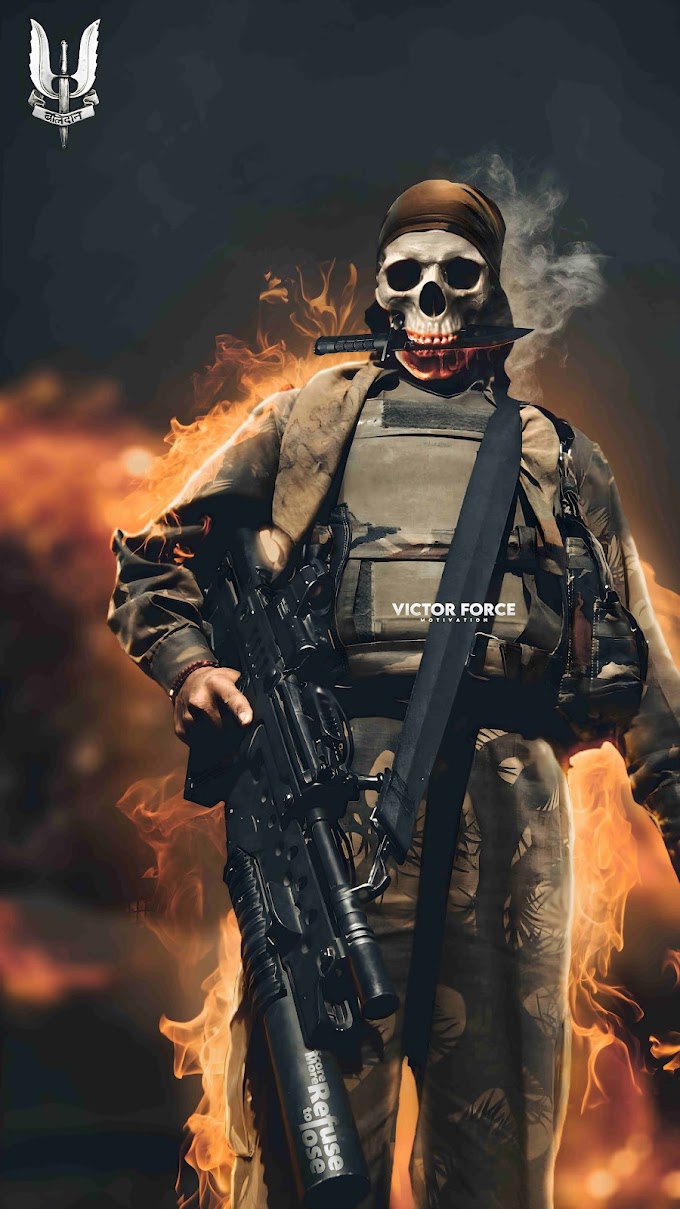 |
| Pilots of No.2 Squadron, Royal Indian Air Force |
Muslim, Hindu, Christian and Sikh pilots of No 2 Squadron Royal Indian Air Force during WW2. They all fought together against tyranny.
Lest we forget.
No.2 Squadron, IAF, was an army co-operation and reconnaissance squadron that saw front line service over Burma between December 1944 and May 1945.
No.1 Squadron, IAF, had first formed in 1933, but it had taken five years for it to reach full squadron strength. Three years passed before on 1 April 1941 No.2 Squadron became the second squadron of the Indian Air Force. Like No.1 Squadron it was an army co-operation squadron formed to serve on the Northwest Frontier. At first is used the Westland Wapiti. These were replaced by the Hawker Audax in September, and then in November by some of 48 Lysanders that had been given to the IAF in August.
The Lysanders were used for army training from the start of 1942 until September, when they were replaced with Hawker Hurricane IIBs. The Hurricanes were used for tactical reconnaissance on the Northwest Frontier from then until November 1944, when it finally moved east to the Burma front, where it became operational of 1 December 1944. Six months of reconnaissance and ground-attack missions followed, in support of the Allied armies advancing into Burma.
In May 1945 the squadron returned to the Northwest Frontier, but without its Hurricanes. The promised Spitfires didn't appear until January 1946, and were only in use for just over a year before they were replaced with Hawker Tempests. These aircraft were retained until the squadron was handed over to the newly independent Royal Indian Air Force.
Aircraft
April-September 1941: Westland Wapiti IIA
September 1941-February 1942: Hawker Audax I
November 1941-September 1942: Westland Lysander II
September 1942-February 1946: Hawker Hurricane IIB
January 1946-May 1947: Supermarine Spitfire VIII
May-August 1947: Hawker Tempest II
Location
April-September 1941: Peshawar
September 1941-February 1942: Kohat
February-March 1942: Secunderabad
March-May 1942: Poona
May-December 1942: Arkonam
December 1942-June 1943: Ranchi
April-May 1943: Detachment to Imphal
June-November 1943: Trichinopoly
November 1943-August 1944: Kohat
December 1943-April 1944: Detachment to Miranshah
August-November 1944: Kalyan
November 1944-February 1945: Cox's Bazaar, with HQ at Mambur
February-May 1945: Akyab
May-July 1945: Kohat
July-August 1945: Samungli
August 1945-January 1946: Willingdon
August 1945-January 1946: Detachments at Jodhpur and Raipur
January 1946-February 1947: Kohat
February-August 1947: Poona
Duty:
1941-1942: Army Co-operation
1942-1944: Tactical Recon.
1944-1945: Fighter Bomber, Burma
1945-1947: Tactical Recon.
Further info Courtesy of Graham Michael Payne:
The photograph is of the No.2 Squadron, Royal Indian Air Force, equipped with Hurricanes and deployed to the Burma theater. Shown Fg Offr OD Agnihotri(seated far right), Fg Offr(Sqn Ldr) Mohinder Singh Pujji(Sikh standing), Fg Offr KV Nair (standing second from right), Flt Lt Edwin Naziullah(standing far left), Fg Offr JS Bhullar with fellow pilots of No.2 Sqn after advanced training at the Operational Training Unit at Risalpur, just before their posting to Kohat.
Fg Offr Omprakash Devicharan Agnihotri ...did his BSc from Allahabad University before joining up in 1942. He was commissioned (IND/1991) in the Royal Indian Air Force on 28 Mar 1943. OD Agnihotri served with No. 2 Squadron during the Second World War and took active part in Akyab / Ramree operations. In 1946 he left the IAF to take up a civilian flying career.
Sqn Ldr Mahinder Pujji DFC........ He was among the first Indian pilots to reach England in October 1940, and trained as a fighter pilot. I believe he joined 32 Squadron in 1941 and claimed two Messerschmitt Me 109s but was also shot down twice (once crash-landing); by 1942/43 he was apparently in the Middle East, still on fighters, and eventually went to Burma flying Hurricanes, where he was awarded the DFC (Distinguished Flying Cross).
Flying Officer K V Nair.........On 2nd December 1944, he failed to return from a sortie. His Hurricane aircraft, LA316 was seen force-landing near a Chaung 15 miles NE of Akyab. Nair was seen climbing out of the aircraft, but his fate remained a mystery till about five months later when he was one of the Prisoners of War liberated from the Rangoon Jail.
Nair subsequently served in the post-independence IAF but was dismissed from service in the mid 1950s after a court-martial.
Credits:
Photograph - Arun Agnihotri
Information - Click Here


.jpg)

0 Comments